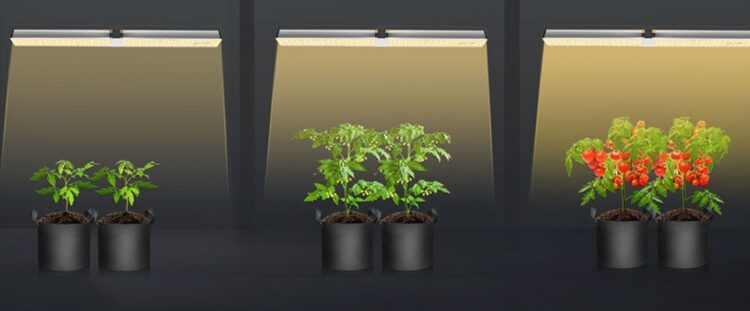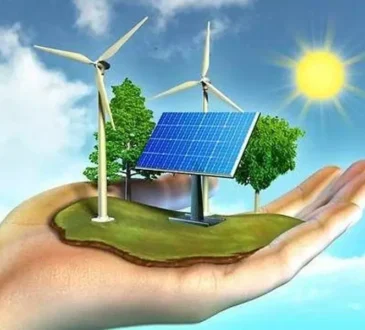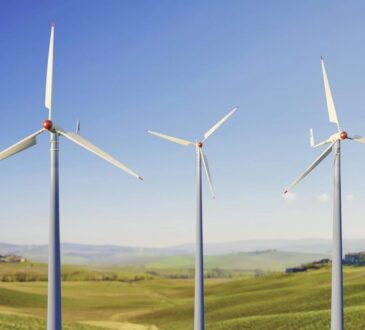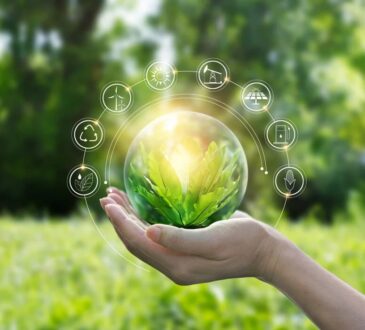
Grow lights are artificial light sources designed to stimulate plant growth by emitting an electromagnetic spectrum suitable for photosynthesis. They are particularly useful in environments with limited natural sunlight, such as indoor gardens or polar regions. These lights can be tailored to emit specific wavelengths that plants need, typically in the blue and red spectrums. By mimicking the natural light cycle, grow lights enable year-round cultivation of crops, ensuring consistent growth and productivity. Advanced grow light systems often include features like adjustable intensity and timers to optimize the growing conditions for various plant species.
Types of LED grow lights
Full Spectrum LED Grow Lights: These lights are designed to mimic natural sunlight by covering the entire spectrum of light wavelengths, from ultraviolet to infrared. Full spectrum LEDs provide a balanced light environment that supports all stages of plant growth, from seedling to flowering. They are ideal for growers who want a versatile lighting solution that can cater to a wide variety of plants and growth phases.
Red and Blue LED Grow Lights: These lights focus on the specific wavelengths that are most effective for photosynthesis. Red light (around 660 nm) promotes flowering and fruiting, while blue light (around 450 nm) encourages vegetative growth. By combining red and blue LEDs, these grow lights for indoor plants create an efficient setup that maximizes plant productivity and energy efficiency.
Supplemental LED Grow Lights: These lights are used to enhance existing lighting conditions, providing additional support where natural sunlight or primary grow lights fall short. Supplemental LEDs can be tailored to specific wavelengths needed by plants at different growth stages or to address particular deficiencies in the light spectrum. They are often used in greenhouses or indoor gardens to ensure optimal growth conditions.
Science Behind Using Grow Lights in the Polar Regions
In polar regions, natural sunlight is scarce, especially during extended winter months. Grow lights provide an artificial light source that emits specific wavelengths essential for photosynthesis, enabling year-round cultivation of crops. By mimicking the natural light cycle, these lights ensure consistent plant growth and productivity. Advanced systems with adjustable intensity and timers optimize conditions for various plant species. Full spectrum LEDs simulate sunlight, while red and blue LEDs target key growth phases. Supplemental LEDs enhance existing light conditions, addressing deficiencies. This technology supports sustainable agriculture in extreme environments, contributing to food security and self-sufficiency.
Mars Hydro provides a comprehensive range of LED grow lights to cater to diverse cultivation needs. Their offerings include Full Spectrum LED Grow Lights, which mimic natural sunlight and support all growth stages from seedling to flowering. They also offer Red and Blue LED Grow Lights, focusing on the specific wavelengths most effective for photosynthesis, enhancing vegetative growth and flowering. Additionally, Mars Hydro supplies Supplemental LED Grow Lights to enhance existing lighting conditions and address specific spectral deficiencies. These advanced lighting solutions ensure optimal plant growth and productivity, making them ideal for various growing environments, including indoor gardens and greenhouses.
Conclusion
In conclusion, grow lights are essential for cultivating crops in polar regions where natural sunlight is limited. By providing the necessary wavelengths for photosynthesis, these lights enable year-round plant growth and productivity. Advanced grow light systems, such as those offered by Mars Hydro, include Full Spectrum, Red and Blue, and Supplemental LED options to cater to various plant species and growth stages. This technology not only supports sustainable agriculture in extreme environments but also contributes significantly to food security and self-sufficiency. As we continue to explore innovative solutions, grow lights will play a crucial role in future agricultural advancements.




